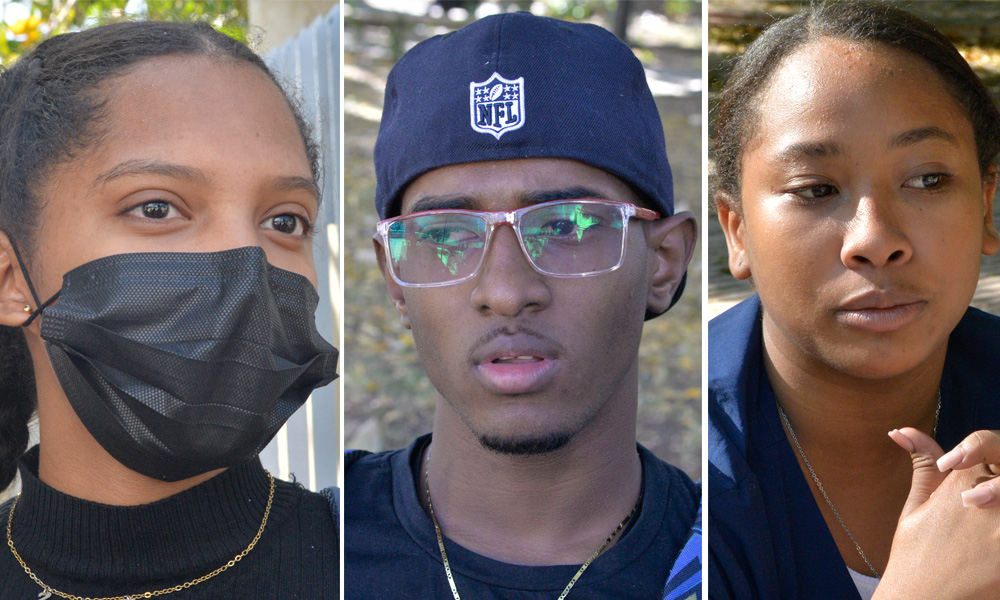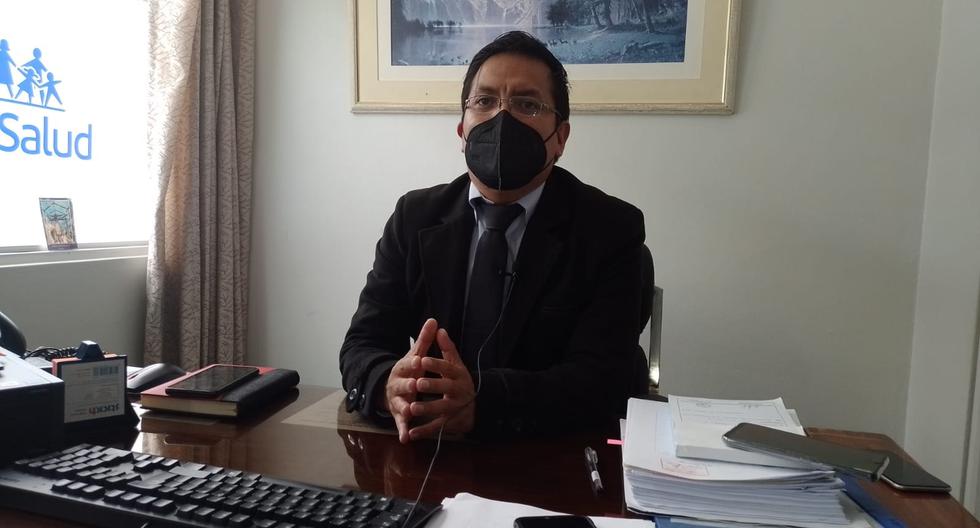After spending two years taking virtual classes, college students are ready to return to college academies.
After President Luis Abinader lifted the restrictions against covid-19, high school graduates like Maciel Valerio, who studies engineering at the Autonomous University of Santo Domingo (UASD), favor a return to the classroom due to the vicissitudes that students face with the online class platforms.
The 25-year-old understands that university students can take face-to-face lessons under a biosafety protocol, to avoid outbreaks of contagion.
Likewise, 19-year-old Jordi Guerrero, who studies at the state university, is also willing to return to the classroom, stating that from virtuality the same level of learning is not obtained as is achieved in person.
“I have taken virtual classes for two semesters and I have not acquired 100 percent of the knowledge that I know I could learn,” said the aspiring lawyer.
On her side, Luz Santana stressed that most university students are adults and can maintain health care, which is why they can fully reintegrate into the classroom.
“Learning from a distance is not the same, sometimes you have to investigate in order to understand what they are giving you,” said the medical student.
Not now
Given the elimination of the mandatory use of masks and other health regulations imposed by the health sector authorities to stop the circulation of the coronavirus, the Ministry of Higher Education, Science and Technology (Mescyt), authorized universities to reopen their doors and begin to teach face-to-face classes.
However, for Yimi Zapata, president of the Federation of Dominican Students (FED), at this time it is difficult to call the students to occupy the desks, especially in the UASD, which already has a program for this semester and because hundreds of students enrolled subjects in inland provinces.
Such is the case of Samuel Antonio, who studies bioanalysis and although he is registered at the institution’s headquarters, he has virtual classes in sections that are taught in Higüey and Santiago.
In this sense, Zapata considers that the house of higher studies should begin attendance in the summer.
Hybrid model is still an option
The blended study modality continues as an alternative for students who for various reasons cannot fully return to the classroom. The hybrid model offered by higher education entities such as the Pontificia Universidad Católica Madre y Maestra (Pucmm) and the Pedro Henríquez Ureña University (Unphu), has the facility that the student community can enroll virtual and face-to-face subjects.








